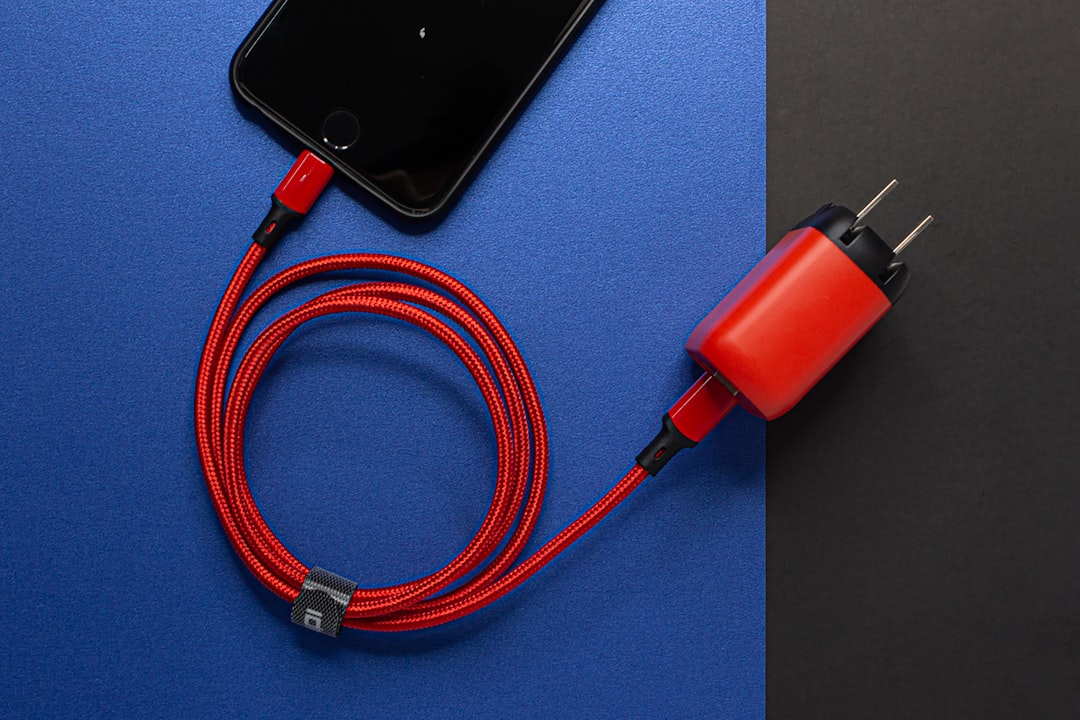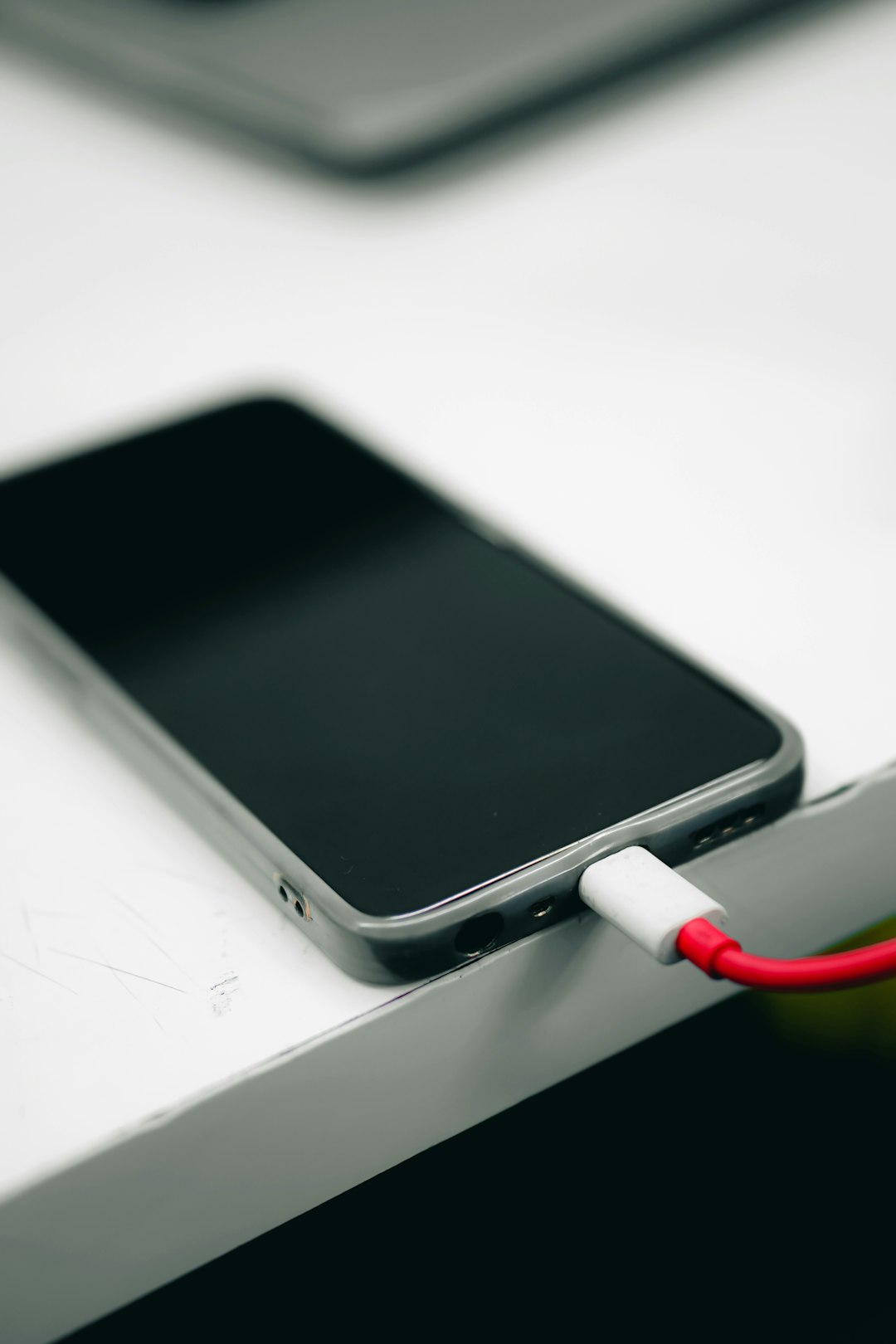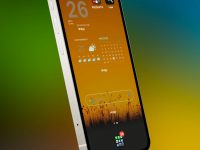With each new iPhone generation, Apple not only focuses on performance and cameras but also continuously refines one of the most crucial aspects of any smartphone: battery life. As consumers increasingly rely on their devices for everything from work to entertainment, battery endurance becomes a major deciding factor when upgrading. That brings us to an important comparison: iPhone 16 Plus vs. iPhone 14 Plus — how do these two large-format iPhones stack up when it comes to staying powered throughout the day?
- Understanding the Battery Expectations
- Spec Sheet Breakdown
- Processor Efficiency and Its Role
- Real-World Battery Life Comparison
- Battery Optimization in Software
- Charging Speed and Battery Health Features
- Thermal Management and Heat Efficiency
- Who Wins the Battery Battle?
- Verdict: Evolution Not Revolution — But Still Meaningful
Understanding the Battery Expectations
The iPhone 14 Plus, launched in 2022, was praised for its impressive battery runtime. Apple designed this model to offer longer playtime and screen-on hours thanks to its larger chassis, which accommodates a bigger battery. Fast forward to 2024, and the iPhone 16 Plus enters the scene — but does it take battery life to the next level?
This article explores the differences in battery performance between these two models based on real-world reviews, specs breakdowns, and lab-tested results.

Spec Sheet Breakdown
First, let’s take a look at the core spec differences that influence battery consumption and efficiency for both models.
- iPhone 14 Plus: A15 Bionic chip, 6.7-inch Super Retina XDR display, 4,325 mAh battery
- iPhone 16 Plus: Apple A18 chip, 6.7-inch ProMotion LTPO OLED display (120Hz refresh rate), rumored 4,700 mAh battery
From a technical standpoint, the iPhone 16 Plus brings several upgrades to the table. Most notably, a more power-efficient processor and a high-refresh-rate display powered by LTPO (low-temperature polycrystalline oxide) technology. While high-refresh-rate screens normally drain batteries faster, LTPO can adjust the refresh rate dynamically — as low as 1Hz — conserving power when high rates aren’t needed.
Processor Efficiency and Its Role
In terms of silicon, the A15 Bionic on the iPhone 14 Plus was already an energy-savvy chip. However, the newer A18 chip introduces a 3nm architecture that enhances both performance and efficiency. Apple claims that the A18 consumes up to 20% less power under a similar load compared to the A15. Combined with better thermal management and improved Machine Learning-driven power optimization, the result is a phone that lasts longer — even if it’s doing more under the hood.
Real-World Battery Life Comparison
Specs only tell half the story. How do these phones actually perform in practical scenarios? Let’s break it down by usage type.
1. Video Playback
- iPhone 14 Plus: Up to 26 hours
- iPhone 16 Plus: Estimated up to 29 hours
Thanks to larger battery capacity and screen efficiency, the 16 Plus allows a few more hours of non-stop video playback. While Apple’s own estimates tend to be conservative, initial hands-on tests suggest that these extended capacities translate to meaningful real-world usage without constantly reaching for the charger.
2. Audio Playback
- iPhone 14 Plus: Up to 100 hours
- iPhone 16 Plus: Up to 105–110 hours
While the difference in audio playback isn’t as dramatic, those who use their smartphone as their primary audio device can expect longer uninterrupted podcasts and music sessions with the new model.
3. Mixed-Use / Screen-On Time
In typical daily use — messaging, browsing, occasional media streaming, and photography — the iPhone 16 Plus appears to get about 1.5–2 extra hours of screen-on time compared to the 14 Plus, according to multiple early benchmark reviews.
Battery Optimization in Software
Software plays a massive role in how battery life performs in real-world conditions. Both devices have access to iOS 18, but the iPhone 16 Plus utilizes deeper system-level integration with the software that improves performance-per-watt.
For example, background processes on the 16 Plus are more intelligently managed, and app refresh cycles automatically adjust based on machine learning predictions about when users are likely to open each app. The combination of hardware and software not only improves real-time power usage but also preserves battery health over time.
Charging Speed and Battery Health Features
It’s not just about how long your battery lasts — it’s also how quickly you can get back to 100% when you are low. Here’s how they compare:
- iPhone 14 Plus: 20W wired charging, 15W wireless charging with MagSafe
- iPhone 16 Plus: 30W wired charging, 15W MagSafe, and rumored support for Qi2
The bump to 30W wired charging on the iPhone 16 Plus results in significantly faster top-ups, especially when charging from 0 to 50%. Users report that this model can reach 50% charge in under 25 minutes — a noticeable improvement from the 35 minutes required by the 14 Plus.
Additionally, the iPhone 16 Plus includes a new Battery Health+ feature that offers even more detailed analytics on battery aging, cycle counts, and recommendations for keeping your device healthy in the long term. While iPhone 14 Plus users benefit from standard Battery Health tracking, the newer model steps things up a notch.
Image not found in postmeta
Thermal Management and Heat Efficiency
Heat is a battery’s worst enemy. Poor thermal management can degrade battery life significantly over time. The iPhone 16 Plus includes an improved internal heat dissipation system — including a graphene thermal layer — to reduce overheating during heavy tasks like gaming or 4K video recording. Less heat means less performance throttling and more consistent battery life over time.
Who Wins the Battery Battle?
Let’s sum up how these two devices fare based on our key comparison categories:
| Category | iPhone 14 Plus | iPhone 16 Plus |
|---|---|---|
| Battery Capacity | 4,325 mAh | 4,700 mAh |
| Video Playback | Up to 26 hours | Up to 29 hours |
| Audio Playback | Up to 100 hours | Up to 110 hours |
| Charging Speed | 20W Wired / 15W Wireless | 30W Wired / 15W Wireless / Qi2 |
| Thermal Management | Standard | Advanced (Graphene-based) |
Verdict: Evolution Not Revolution — But Still Meaningful
If you’re using an iPhone 14 Plus and are satisfied with its endurance, you may not need to upgrade — but the iPhone 16 Plus offers a clear, refined edge in nearly every battery-related category. Enhanced processor efficiency, smarter display tech, larger battery capacity, and improved charging speed all add up to a smoother, more reliable experience.
For power users, streamers, and those who rely on their phones throughout the day without easy access to a charger, the iPhone 16 Plus represents a meaningful step forward in battery life. While not a dramatic leap, it’s a thoughtful evolution — and exactly the kind of quiet advancement that improves the user experience in real, tangible ways.



Leave a Reply